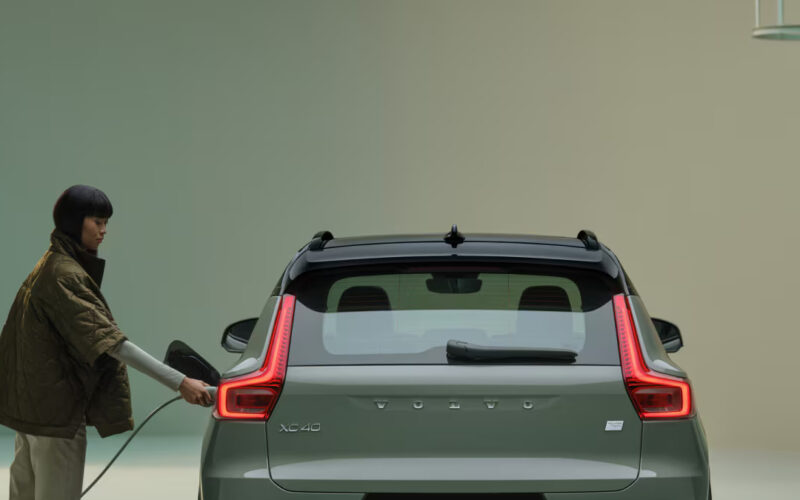Over three years after saying it would sell only electric vehicles by 2030, Volvo has lowered its EV ambitions. The automaker now says it will aim for 90 to 100 percent electrified vehicles (including full EVs and plug-in hybrids) by the decade’s end, with the remaining 0 to 10 percent being mild hybrids. Volvo chalked up its revised ambitions to “changing market conditions and customer demands.”
Volvo says it’s still committed to long-term electrification. The automaker has launched five fully electric models since laying out its (now aborted) 2030 goal three years ago: the EX40, EC40, EX30, EM90 and EX90.
The company cites the slower-than-expected rollout of EV charging infrastructure as one factor in its decision. Despite the passage of President Biden’s Bipartisan Infrastructure Law in 2021, which allocated $7.5 billion to support the creation of 500,000 EV charging stations, only seven stations in four states had been built as of March. Reasons for the slow rollout allegedly include a lack of experience in the state transportation agencies in charge of execution and various government requirements (submitting plans, soliciting bids, awarding funds).
The Biden Administration said earlier this year it still expects the US to reach 500,000 charging stations by 2026.
Volvo also cited “additional uncertainties created by recent tariffs on EVs in various markets.” That likely refers to the hit the automaker is taking from manufacturing some models in China. Earlier this year, the White House announced new levies on EVs made in China and batteries sourced from China. (Volvo’s parent company, Volvo Car AB, is majority-owned by China’s Geely Holding.) Forbes reported in May that the China-made EX30, expected to start at around $37,000, would be pushed to over $50,000 after tariffs.
The automaker adjusted its CO2 reduction expectations alongside the tweaked timeline. It now says it aims for 65 to 75 percent reduced per-car emissions (compared to a 2018 baseline) by 2030; its previous goal was a hard 75 percent. In addition, it also changed its previous 40-percent per-car reduction (also compared to 2018) by 2025; that goal is now a 30 to 35 percent drop.
“We are resolute in our belief that our future is electric,” Jim Rowan, Volvo Cars CEO, wrote in a press release. “An electric car provides a superior driving experience and increases possibilities for using advanced technologies that improve the overall customer experience. However, it is clear that the transition to electrification will not be linear, and customers and markets are moving at different speeds of adoption. We are pragmatic and flexible, while retaining an industry-leading position on electrification and sustainability.”
Source link
lol

